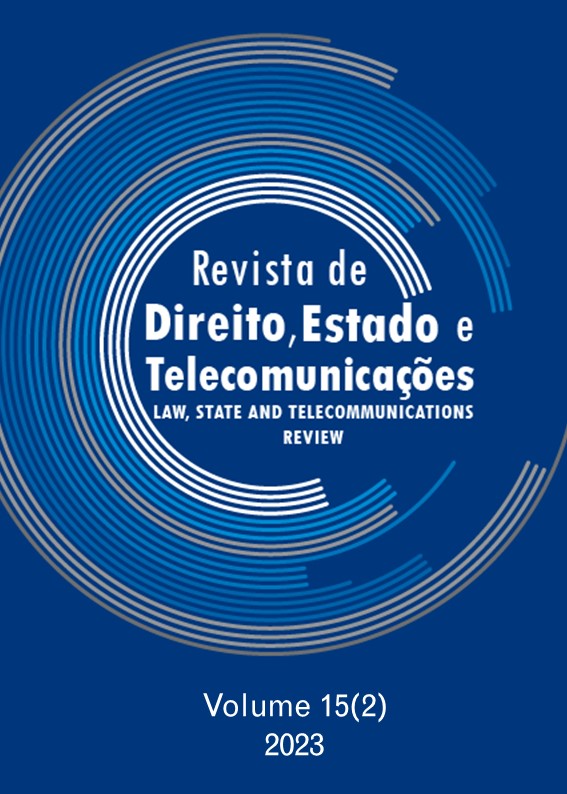China’s Social Credit System
A Challenge to Human Rights
DOI:
https://doi.org/10.26512/lstr.v15i2.44770Keywords:
Artificial Intelligence. Public Governance. Social Credit System. Human Rights. Limitation of Rights.Abstract
[Purpose] To examine the origin and evolution of China’s social credit system.
[Methodology/Approach/Design] A doctrinal approach is employed with secondary sources.
[Findings] China’s social credit system has some adverse effects on the fundamental principles of international human rights law.
Downloads
References
Bon, P. (1975). La police municipale (Thèse dactylographiée). Bordeaux I.
Bui, N. S. (2017). The Law of China and Vietnam in Comparative Law. Fordham Int’l L.J., 41(1), 135.
Chen, Y., & Cheung, A. S. Y. (2017). The Transparent Self Under Big Data Profiling: Privacy and Chinese Legislation on the Social Credit System.
Craig, T., & Ludloff, M. E. (2011). Privacy and big data. O’Reilly.
Creemers, R. (2018). China’s Social Credit System: An Evolving Practice of Control.
de Kloet, J., Poell, T., Guohua, Z., & Yiu Fai, C. (2019). The platformization of Chinese Society: Infrastructure, governance, and practice.
Fourcade, M., & Healy, K. (2016). Seeing like a market.
Griffiths, J. T. (2019). The great firewall of China: How to build and control an alternative version of the internet. Zed Books.
Kostka, G. (2019). China’s social credit systems and public opinion: Explaining high levels of approval. New Media & Society, 21(7), 1565–1593.
Kubat, A. (2018). Morality as Legitimacy under Xi Jinping: The Political Functionality of Traditional Culture for the Chinese Communist Party. Journal of Current Chinese Affairs, 47(3), 47–86.
Downloads
Published
How to Cite
Issue
Section
License
Copyright (c) 2023 Law, State and Telecommunications Review

This work is licensed under a Creative Commons Attribution 4.0 International License.
By submitting this paper to the Law, State and Telecommunications Review,
I hereby declare that I agree to the terms of the Creative Commons Attribution 4.0 International (CC BY 4.0).


